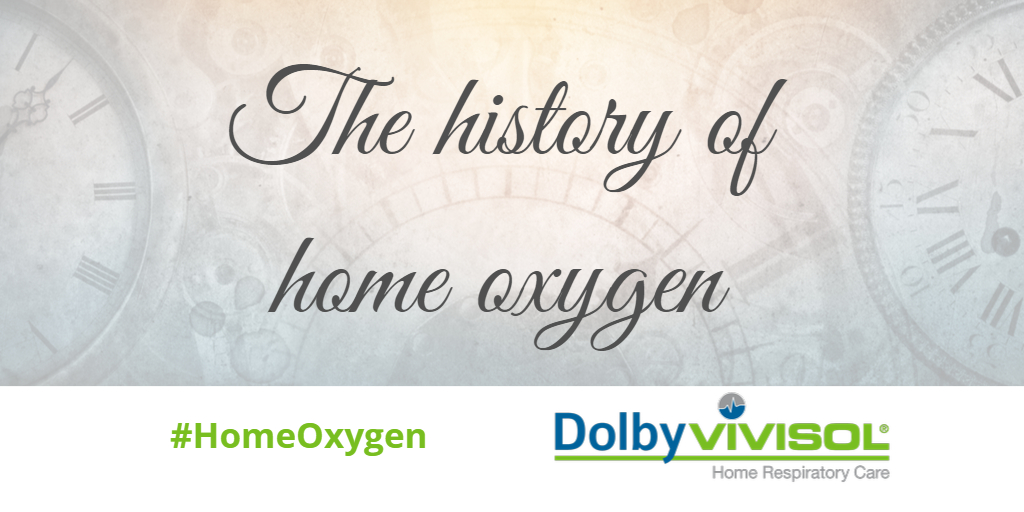
The history of oxygen from discovery to clinical application for patients with chronic lung disease represents a long and storied journey. Within a relatively short period, early investigators not only discovered oxygen but also recognised its importance to life and its role in respiration.
The application of oxygen to chronic lung disease, however, took several centuries. In the modern era, physiologists pursued the chemical nature of oxygen and its physiologic interaction with cellular metabolism and gas transport. It took brazen clinicians, however, to pursue oxygen as a therapeutic resource for patients with chronic lung disease because of the concern in the 20th century of the risks of oxygen toxicity. The application of ambulatory oxygen devices allowed landmark investigations of the long-term effects of continuous oxygen that established its safety and efficacy.
Thomas Beddoes, considered the father of respiratory therapy, worked with the inventor James Watt to generate oxygen and other gases and opened a Pneumatic Institute in Bristol, England, in 1798, using oxygen and nitrous oxide to treat asthma, congestive heart failure, and other ailments.
In 1885, the first-ever recorded use of oxygen was documented for medical purposes. This medical procedure was to treat a patient with pneumonia. This revolutionary treatment was administered and pioneered by Dr George Holtzapple. Just two years later, a product was invented and sold that stored enough oxygen for intermittent use.
At the turn of the twentieth century, a nasal catheter was used as the connection between oxygen and the patient. It wasn’t, however, until 1917 that Jon Scott Haldane invented the gas mask to protect and treat soldiers who had been affected by dangerous chlorine gasses during the First World War.
Medical use of oxygen made major leaps and bounds up until World War II. Oxygen was mainly being used in hospitals to treat patients with a variety of respiratory issues. It wasn’t until the 1950s that the first form of portable medical oxygen therapy was invented. This portable oxygen was used strictly in ambulances and on the scene of medical emergencies. Not yet the personal and lightweight units we’re used to today.
The 1970s was revolutionary for medical grade oxygen therapy advancements. Finally, you could own a personal oxygen therapy unit in your home. Although they were readily available by a supplier that delivered tanks, these tanks were much larger than those today. This advancement in oxygen therapy was extraordinary since the concentrator purified oxygen within itself. As you can imagine, it was extremely big and heavy.
Over the next 30 years, oxygen concentrators began to shrink, due to the demand by younger and more active oxygen therapy patients who wanted smaller and more mobile machines. With these medical advancements came more knowledge on oxygen and various respiratory diseases. Bettering our understanding allowed patients to be diagnosed and prescribed oxygen sooner in their lifespan thus perpetuating a young and active demand.
Sources:
https://www.oxygenconcentratorstore.com/history-of-oxygen-therapy/
Registered Office Address:
Dolby Medical Home
Respiratory Care Ltd
North Suite, Lomond Court,
Castle Business Park, Stirling,
FK9 4TU
Registered in Scotland
No. 063902
Telephone:
Home oxygen enquiries: 0800 833 531
Respiratory support: 0800 121 4012
Gatwick Office Address
Vivisol UK
Palladian, Manor Court,
Manor Royal,
Crawley,
RH10 9PY
Telephone:
Home oxygen enquiries: 0800 917 9840
Respiratory support: 0800 121 4012
Follow Us
Useful links
News sign-up
By subscribing you will always be update with the latest news from us.
© Copyright 2026 Vivisol. All Rights Reserved.
To find out more about The Vivisol Group and The SOL Group click on the links here: The VIVISOL Group | The SOL Group